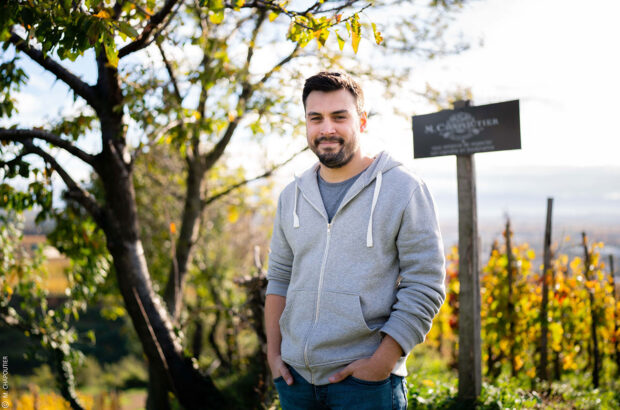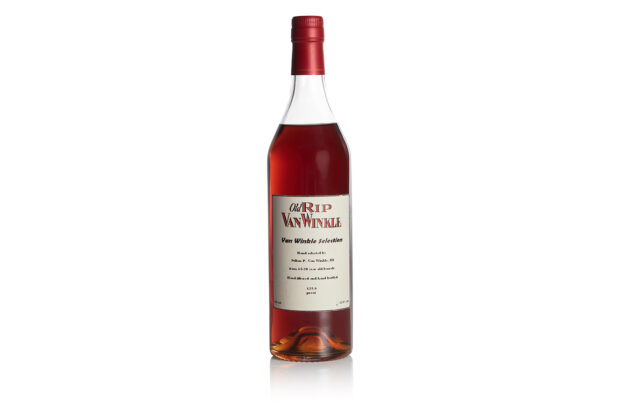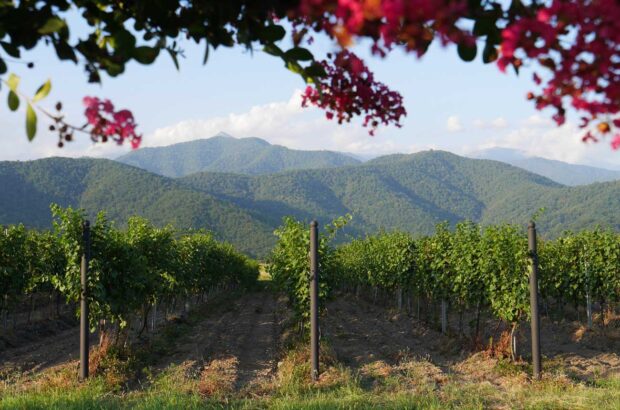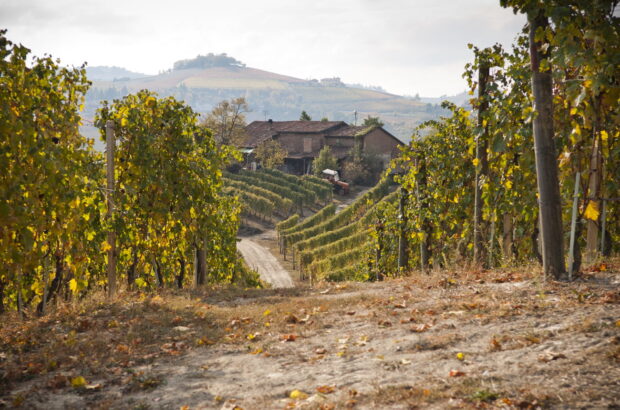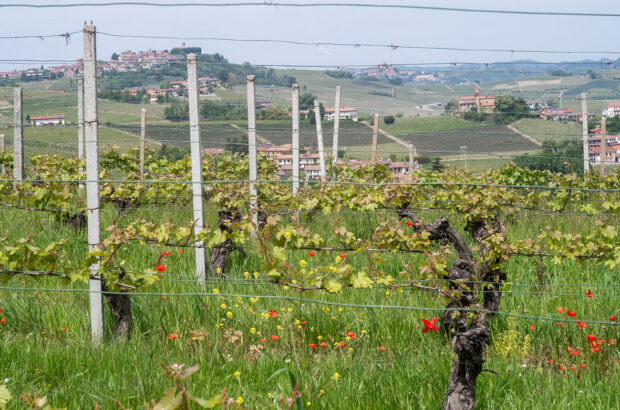William Kelley profiles Napa winery Spottswoode. Premium members can see his tasting notes and ratings covering vintages from 1997 to 2014 of the estate Cabernet.
Established in 1882, Spottswoode’s modern history begins a century later, when the Novak family produced their first vintage of estate-bottled Cabernet Sauvignon.
Mary Novak presided over Spottswoode’s inaugural release, and today her dynamic daughter Beth Novak Milliken manages the winery.
Location
Nestled behind the picturesque town of Saint Helena lies Spottswoode, one of the Napa Valley’s oldest family-owned wineries, and the source of one of California’s most charming and sophisticated bottlings of Cabernet Sauvignon.
For Premium members: Scroll down for William Kelley’s notes and scores from this vertical tasting
Saint Helena is further from the San Francisco Bay’s cooling influence than Rutherford and Oakville to the south, so temperatures here run a little higher, but Spottswoode’s wines almost always retain bright acidity – perhaps due to fastidious vineyard management, conducted on organic principles since 1985.
Spottswoode’s first winemaker was Tony Soter, one of Napa Valley’s most successful winemaking consultants who now devotes his time to his own label in Oregon.
Soter was both winemaker and vineyard manager, a precedent that his successors have emulated. His work was continued by a series of female winemakers, beginning with Pam Starr in 1991, and for two decades Spottswoode had the distinction of being both managed and made by women. Today, Aron Weinkauf is at the helm in the cellar and in the vineyard.
Many of Napa Valley’s best vineyards are located on alluvial fans, where well-drained soils force the vines to delve deep in search of moisture and nutrients, creating the stress necessary for timely ripening.
Spottswoode’s 16 hectares of vines are planted on a fan of alluvial clay-loam at the foot of the Mayacamas Mountains.
Change
Napa Valley has seen its fair share of stylistic change over the last few decades. In the late 1980s and early 1990s, phylloxera reduced Californian viticulture to a blank slate.
The new rootstocks that emerged in its aftermath tended to ripen grapes much more rapidly than their predecessors. Simultaneously, consumer demand and critical acclaim for wines fashioned in a riper, sweeter style exerted a potent influence on winemakers.
But Spottswoode has done an admirable job of avoiding the extremes of fashion, as I witnessed at Spottswoode’s Annual Vertical Tasting at the winery in 2015. The winery team and a small number of guests, the present writer included, tasted blind all of Spottswoode’s vintages between 1997 and 2013.
Style
While the wines are certainly somewhat riper now than they tended to be in the 1990s, they have retained a classical sense of balance and proportion.
Indeed, Aron Weinkauf’s 2011, 2012 and 2013 seem if anything more restrained and savoury than some of his predecessors’ headier bottlings such as 2002, 2004 and 2007.
Most importantly, the signature of the estate is strong. Aromatically, Spottswoode Cabernet typically exhibits a strong blackberry fruit component, complemented by notes of loamy soil and cedar as the wines age, and sometimes a lovely top-note of violets.
On the palate, these wines are structured around a svelte chassis of refined tannins, retaining bright acidity (a ‘normal’ pH here is 3.5) even in the ripest years.
The wines age gracefully, and my feeling is that the subtly more tight-knit style of Weinkauf’s vintages should ensure they number among the most long-lived wines in Spottswoode’s long and successful history.
A Spottswoode vertical 1997-2014:
Stockist search aided by Wine-Searcher. The 2014 vintage was tasted separately and more recently than the other wines in this collection.
Related content:

William Kelley – ‘Was the 1997 Napa vintage the catalyst for a stylistic shift?’
How does the 1997 vintage in Napa compare to today's wines? William Kelley investigates...

Top Harlan Estate wines for the cellar and to drink
William Kelley tastes 12 vintages...





